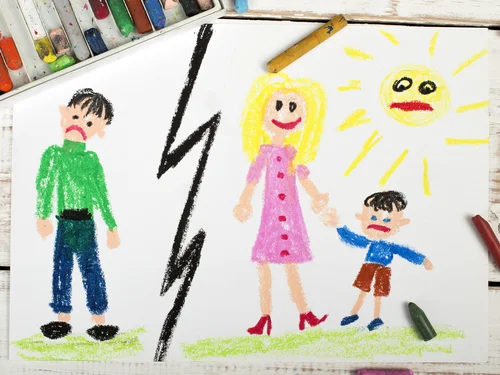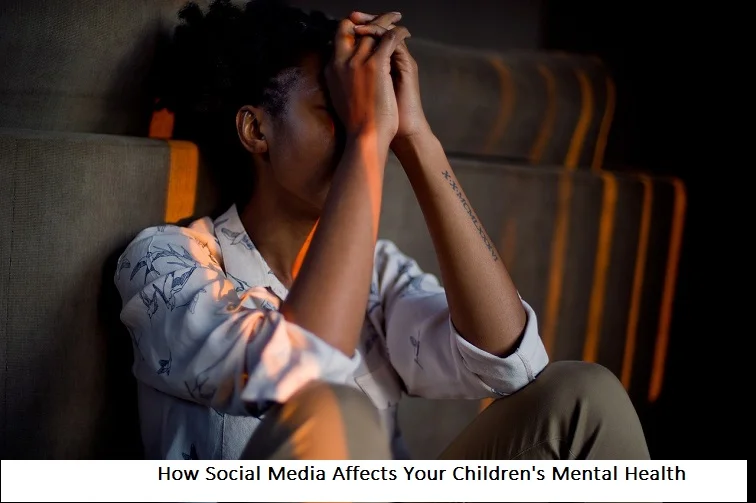+1 845 259 2974 (11 a.m to 7 p.m CST)
Call for Legislation Against Bullying in Schools

The term “bullying" generally refers to verbal, physical, or mental acts committed by a student to harass, intimidate, or cause harm to another student. Bullying has been identified as a growing problem and the practice usually entails dire consequences, suicide being one of it. Growing incidents of bullying in schools have proven troublesome for both the bullied students and their parents. Bullying affects children negatively and leads to low self-esteem, despair, seclusion, anti-social behavior, and academic failure among other trends found in such children. The repercussions stay with the children well into their adult lives, sometimes haunting them throughout their lives.
Meanwhile, effective legislation in this regard is still missing. Though parents and community members have been campaigning for the introduction of laws on bullying, still a national level legislation in this regard is absent. Also, there are those who think that the issue is controversial altogether.
Absence of concrete definition
The basic problem with addressing the menace of bullying is that the word lacks a single definition which everyone can agree upon. Instead of providing clarity to the whole debate about schoolyard bullying, lack of meaning makes the matter murkier than ever before.
Are anti-bullying laws for real?
Anti-bullying laws are laws that strive to prevent bullying or address the same when it happens. Fortunately, laws on bullying in school have been promulgated on state level so far, and are completely missing on federal/national level. 49 states in the US have already advised schools to address bullying. A 2011 report by the US Department of Education showed that only a handful of states follow best practices shown to be effective in reducing bullying.
Why are bullying laws controversial?
Some people are doubtful about the introduction of legislation regarding bullying because they think that it does not add anything new to the existing laws. The main debate here revolves around the sufficiency of existing laws and whether a new legislation is actually necessary to drive the point home.
Role of media in propagating anti-bullying cause
Being an effective tool in forming public opinion, the media has an important role in highlighting this issue along with the traditional issues being spearheaded by media organizations. Media can play an instrumental role in bringing the harsh realities associated with bullying into the limelight and in return make this a key public policy issue. One has to understand that though awareness programs will address bullying on the basic level, but efficient communication is still needed in this regard.
Role of parents and community members
Troubled students usually show violent tendencies from an early age. The key here is to identify the behavior patterns in children and to engage them in counseling sessions. This process has to be supervised by parents and teachers in the best possible manner.
It is very important for parents and peers alike to inculcate a sense of pride in the bullied students. The concept of ‘up stander’ can be utilized to great effect in this regard by teaching the bullied students to stand up against the bullies, hold their ground and face their worst fears.
In 1973, child abuse legislation was much at the same point we are today with bullying prevention legislation. In 1974, the first Child Abuse Prevention and Treatment Act (CAPTA) was enacted. Who knows what next year has in store for anti-bullying laws, but one can always keep his/her fingers crossed.






















